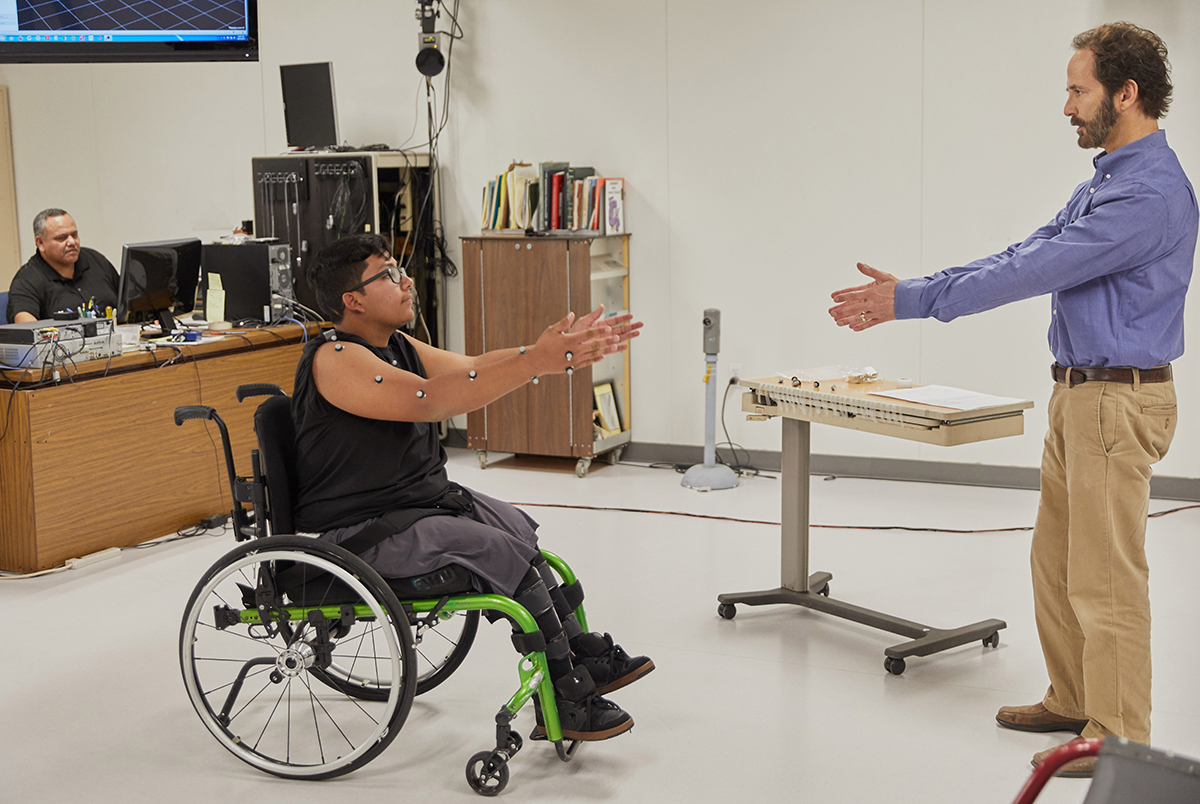
A Call to Action – Solving Disparities in Urban Mobility Access and Innovation in Mobility Technology
July 16, 2018 — Blog
Urban mobility access confronts cities across the globe. It’s a significant issue that dominates policy discussions in every major city. With innovations abounding thanks to technology disruptions, industry and civic leaders face increasing pressures to transform cities into fully accessible centers for all demographics. The United Nations Department of Economic and Social Affairs predicts that by the year 2050, over 68% of the world’s population will reside in cities.
If cities are to evolve into the “smart cities” of the future, mobility planning and implementation will require deliberate and strategic investments so that every citizen can access the new, integrated systems. Too frequently, various populations are excluded from major mobility investments resulting in key groups being left behind.
In the United States alone, nearly 1 in 5 citizens (U.S. Census 2012) have a form of physical disability (movement, cognitive, visual, or hearing). With city populations growing, corresponding transportation infrastructure investment is fractured across multiple, highly expensive, long-term intermodal systems. Light rail, streetcars and bike lanes cost local municipalities and regional transit authorities upwards of multiple millions of dollars per mile without serving comparable numbers of passengers. Due to constant public funding challenges, these massive investments frequently do not account for the needs of populations with mobility limitations.
Though the American Disability Act (ADA) mandates that state and local municipalities do not discriminate on access to public transportation for people with disabilities, implementation often falls short. Since its inception in 1990, there has been little movement to refine the act so that it is more inclusive in this new era of mobility innovation. The ADA needs federal agency and congressional updates in order to properly lead future mobility policy so that cities can ensure there is no disparity in mobility investments on the local level.
To complement improving infrastructure, the Toyota Mobility Foundation (TMF) launched the Mobility Unlimited Challenge to incentivize the creation of enhanced mobility devices. The Challenge seeks teams from around the world to utilize smart technology and intelligent systems to help radically improve the mobility and independence of people with paralysis due to strokes, spinal cord injury, multiple sclerosis and a multitude of other causes.
Through the Mobility Unlimited Challenge, TMF invited people with lower-limb paralysis to share their mobility challenges and desired innovations for mobility devices. With the basic structure of devices such as the wheelchair still being bulky, heavy, and easily dirtied, the disability community used their collective voice through social media to speak out to identify areas for improvement. A consumer survey through a partnership with ComRes showed that nearly ¼ of wheelchair users have been refused access to public transport. Not only do experiences like this have a negative economic impact on both the individual and society, it also prevents them from accessing leisure activities as well.
With these insights on what end-users wish to have integrated into the next generation of mobility devices and a deeper understanding of challenges they face, the innovation community is equipped to incorporate a more inclusive design. The question we should ask ourselves is: what if we could change the conversation on accessibility in cities from that of cost burden to that of economic opportunity?
We are entering exciting times when it comes to innovation for mobility devices. Some of the new emerging technologies are based upon robotic exoskeletons that will enable a person with lower-limb paralysis to physically walk or even run and play sports with their own children.
When we consider the rapid growth of cities globally and the need for more equalized socio-economic policies, it is imperative that cities and industries find more mechanisms to ensure that people with disabilities be included in the mobility revolution. We cannot slow down and we must continue to push for new mobility devices to be integrated into city innovation strategies and infrastructure. If we cannot find ways for mobility inclusion for all people worldwide, then as a society we will have failed at honoring the right of mobility for all.
Cover photo © Toyota Mobility Foundation